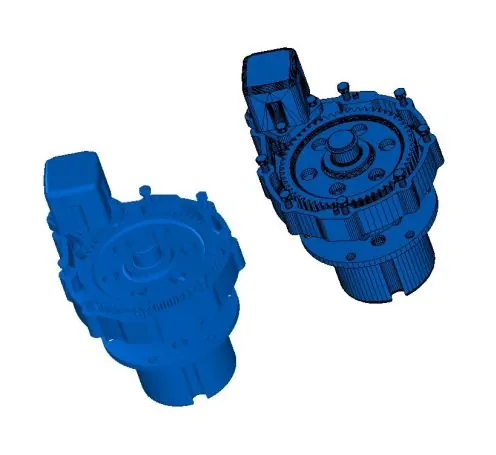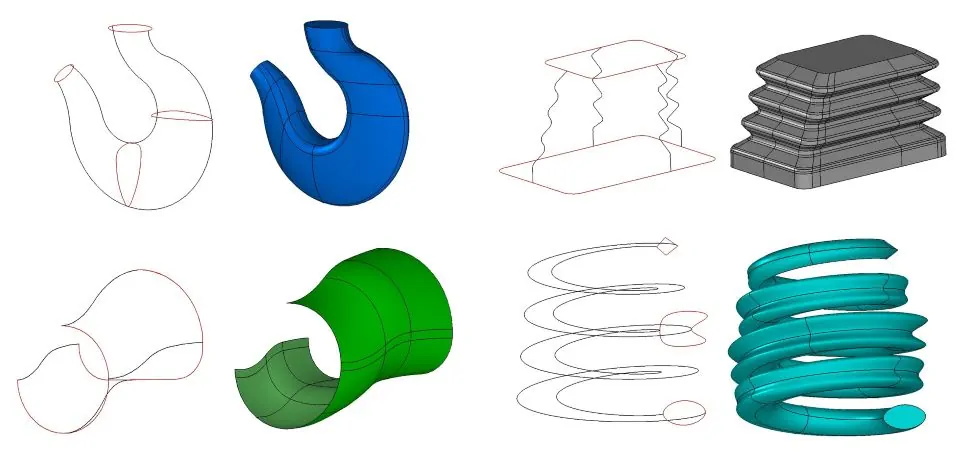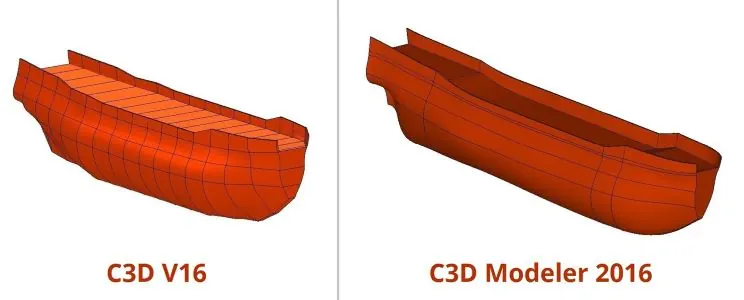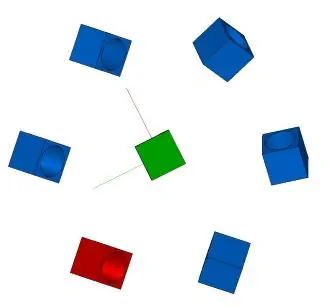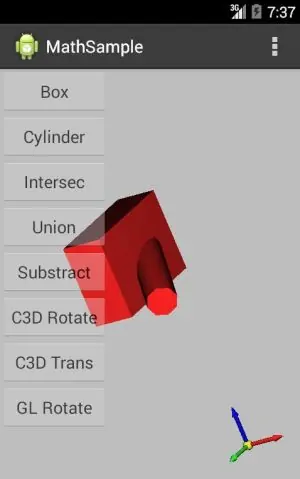C3D Labs is pleased to announce that it has updated the portfolio of components for engineering software development. In version 2016, a brand-new C3D Visualization module joins the C3D Geometric kernel, C3D Parametric kernel, and C3D Conversion module. Also new is the ability of customers to license each module separately, or as a complete C3D Toolkit. This unbundling gives software developers the freedom to choose the most suitable combination of tools for their projects.
C3D Modeler 2016 increases the performance of the modeler, with tests showing a significant acceleration of calculations on 3D models. In addition, the modeler is updated with the following features:
- Triangulation of triangular and flat rectangular faces, approximations of spheres by icosahedrons, and the elimination of crowding at the intersections of cylinders and ellipses
- Construct shell rings by segmenting sections pulled on an arc and another arc, segment, or point
- Stamping operations expanded from plane-bottomed structures to spherical stamping
- Transform polygonal models to b-rep bodies, optionally merging faces
- Find lathe axis of non-closed bodies, and draw silhouette lines when rotating the surface around the lathe axis
- Bodies can be cut using plane curves and surfaces, while retaining all parts of the body
- Construct extruded, revolved, and swept bodies using guiding paths; when constructing extruded and revolved contours, parameters can now specify negative values to force bodies to lie in the same direction
- Extrude plane contours through to unidirectional surfaces; construct bodies and surfaces using axial lines and guiding contours that can be represented in flat form or lie on surfaces; greatly simplified process of creating lofted bodies and surfaces with sections to create the desired shape
C3D Solver 2016 benefits from the completion of its API (application programming interface), along with the addition of journaling for 3D geometric constraints. C3D Labs is working on making the .c3d format store geometric relationships as a system of geometric constraints for assemblies: it embeds specific information about mates in 3D models in C3D’s native format.
In addition, the solver is updated with the following features:
- Linear and angular patterns; set the alignment of elements selectively; distances between elements does not need to be the same
- Define circles with variable radii and create models of filleted three-dimensional contours (popular for structures based on skeletons, such as pipelines and trusses)
- Added constraints for tangency of a line and a circle; coincidence of a point and a circle; and fixed radius
- Processing accelerated 2-2.5x for large systems of constraints in assemblies of 50,000 or more objects
C3D Converter 2016 benefits from a new algorithm that makes translation of 3D models with complex structures simpler and more straightforward. The API is unified making the management of C3D objects simpler, and includes expanded documentation. In addition, the translator is updated with the following features:
- Supports latest releases of Parasolid 25.0 and ACIS 22.0
- Manages metric units when exporting to Parasolid
- Imports basic attributes from X_T and X_B formats, and bi-directionally transmits them to SAT
- Transmits assembly structures to VRML format
- APIs use a standard C++ library for sending text data so that developers can control the conversion of text when creating 8-bit representations, the standard for all formats
C3D Vision 2016 is a brand-new component that significantly improves visualization of 3D models. It specifically increases the quality of 3D model renderings, and speeds the processing of large assemblies. C3D Vision incorporates a new system of managing 3D scenes and animations through its ready-to-use feature manager. Included is a design tree for 3D models, scene graph and interactive tools for scene manipulation. All of these functions have become an integral part of modern design products.
To ensure the maximum performance in static graphics, C3D Vision gives users control over levels of detail and the accuracy of triangulating grid calculations.
For dynamic scenes, C3D Vision hides edges when rotating 3D models; anti-aliases polygons; removes minor elements of scenes (pixel culling) and elements outside scenes (frustum culling); synchronizing the vertical sync’s screen refresh rate with the scene update frequency; and speeds up visual computing through hardware acceleration.
When it comes to shaders, the following are available:
- Object sampling
- Shadow rendering
- Mirroring
What’s New in C3D Toolkit 2016
We respond to requests by our customers, and so constantly expand the list of available tools for creating software based on our C3D components. We’ve added support for MS Visual Studio 2015, developed a version C3D Toolkit for Android, and allowed C3D to be compiled for other platforms, such as Apple's iOS and Samsung's Tizen.
Availability and Webinar
All customers of C3D Labs’ components with a valid technical support contract have access to C3D Vision 2016 as of today. You can download the update from our FTP server, and then immediately use it for application development.
Head of C3D Labs Nikolay Golovanov has prepared a detailed manual on C3D, and updated the Russian-language version of his geometry modeling book, “Geometric Modeling: The Mathematics of Shapes.”
On April 21, 2016 at 5:00 pm (GMT +03:00), C3D Labs will hold a webinar devoted to the new C3D Toolkit release. Participants will receive answers to the questions they put to C3D developers. Registration is required.




